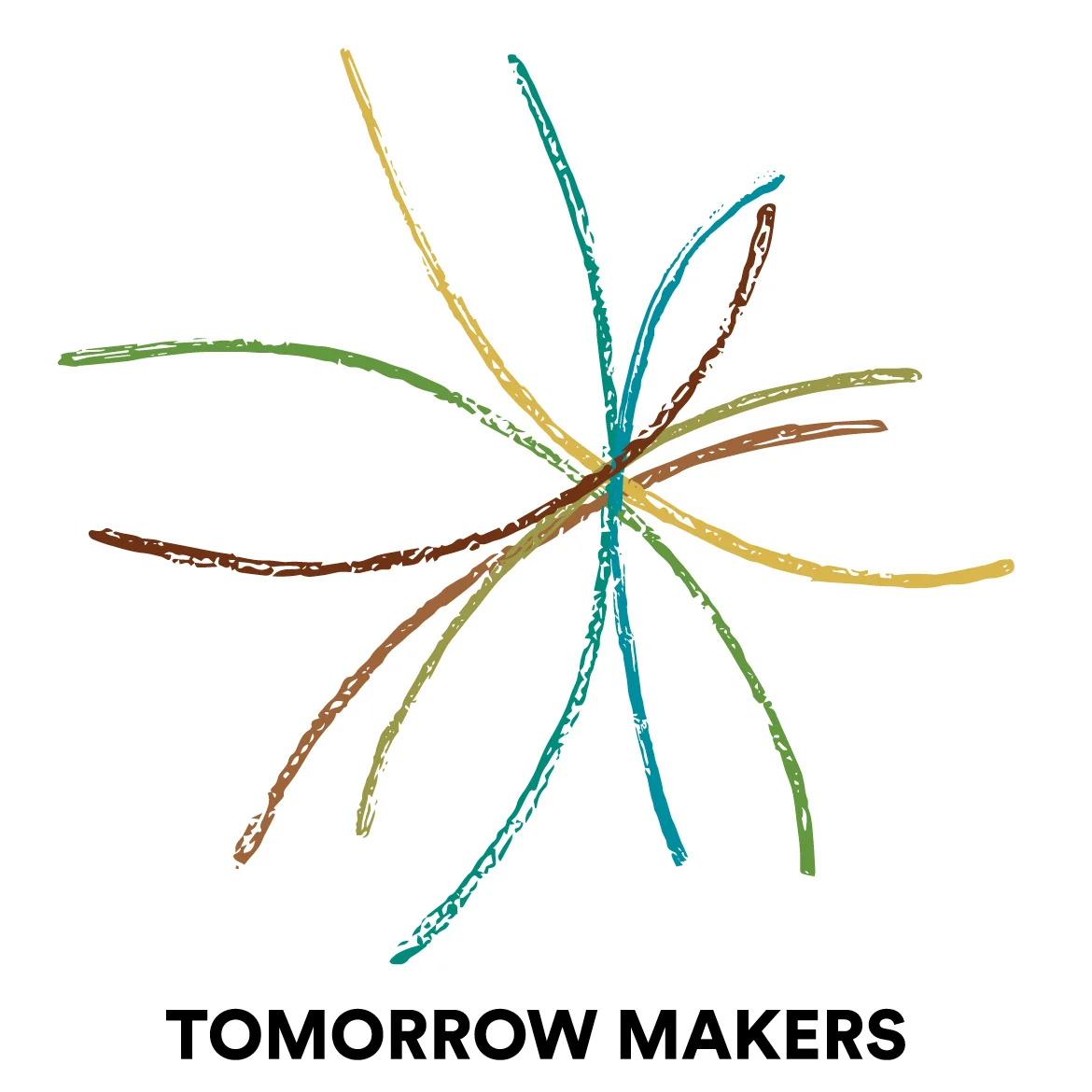Designing Design: RISK everything
/4 qualities to imbue in your next collaborative, participatory or collective design process - especially if you looking to resolve a complex organizational or structural issue.
Recursion - Modified slightly from the wikipedia entry, we mean this to be a process of repeating processes and patterns in a self-similar way. Conceptually, think of the design process fractally.
A few of ways to employ this quality:
- Using the Scan, Focus, Act (SFA) model, check to see that each Scan module has a Focus and Act, that each Focus has a Scan and Act, that each Act has Scan and Focus.
- Use the Design, Build, Use (DBU) model in the same way.
- Examine a design issue from individual, communal/organizational, and global vantage points, and embed the other vantage points within each.
Recursion relates closely with another of our Designing Design Principles: Take 3 SiPs, where "SiP" is an acronym for "Systems in Play." More on this in a subsequent journal.
Iteration - Cycle through the (re)creative process repeatedly, with each cycle producing a tangible product that brings There to Here. For example:
- Repeating questions, adding/combing/changing vantage points over successive rounds
- Feed the outputs of specific modules or activities into subsquent modules
Iteration helps groups find the "best" answer less by voting and prioritizing and more by testing and sequencing.
In The Exemplar, author Richard Carkhuff explains the value of an iterative work process this way:
Exemplary performers use the constant flow of information to shape products and services. In contrast, other performers use only initial information. They tend to present their initial product or service as final and often have an aversion to producing or reproducing the product or service.
Exemplars, on the other hand, use the flow of information as inputs to engage in productive iterations of product development. The exemplar, given the time constraints, will repeat the process as many times as necessary in order to produce a 'perfect product.'
For most products or services, the exemplar engages in six iterations of production. Each of these iterations emphasizes further shaping of the product because of new information feedback. Each iteration becomes a more and more efficient resource investment -- perhaps half of the previous phase. In turn, each iteration doubles the quality of the product or services. The exemplar becomes increasingly more efficient in resource investments and effective in results outputs.
The Exemplar, 1984
Simultaneousness - Take on multiple questions, vantage points, scenarios, timeframes ... all at once. There are many ways to do this. Here are a couple:
- Ask every question you have (or, at least as many as you can fit on a single page) about the system-in-focus and have all the participants respond individually. Give them an incredibly short time - 20 to 30 minutes, to respond to the entirety of the questions as a set. Then they share and compare.
- Run a simulation of the system-in-focus. This takes an extensive amount of preparation, a relatively sophisticated environment, a support team and a critical mass or requisite variety sufficient to adequately represent the elements of the system being simulated. Energy, financial and transportation systems present excellent opportunities for simulation, as do "supply chain" issues.
Knodality - the individual is the base unit, or "knode" from which to compose the experience. Use structure and process to create opportunities for knode-to-knode contact and exchange. Establish "rules" for these interactions that facilitate information rich conversations, and the application of this information to the given situation. Set up specific knode-to-knode exchanges in addition to those that happen through the natural course of breakouts and group conversations.
"Knode" is a term that dates back to a 1997 MG Taylor/ knOwhere Store event, where a team took a cut at applying Patch Theory to Collaborative Design. This article offers an indepth description and example of how knodality can play a vital role in a collaborative design process.
The RISK everything principle can also be taken literally. One of the more common "mistakes" design process designers make is to under anticipate the ability and desire of participants to be challenged mentally, to collaborate with their peers, and to come to higher order solutions. Don't be silly, or careless. Don't design anything irrelevant to the concerns of the participants. But throw them a few curves. Go beyond comfort as a design team and get the participants out there, too. Stretch. Go ahead, risk it! Chances are, you'll all be amply rewarded.
This is the first in an anticipated series of posts, "Designing Design", which identify
design principles embedded in Tomorrow Makers processes

